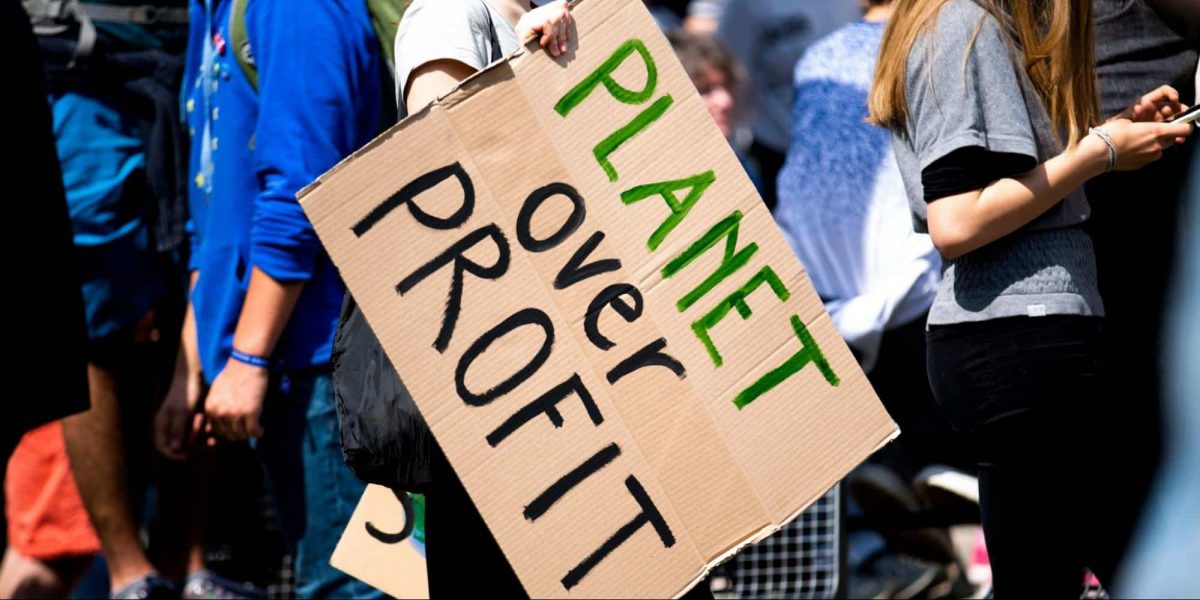In an era where the climate crisis looms larger than ever, the education of children on this critical issue becomes not just a necessity but a duty. As stewards of the future, kids have the potential to be powerful agents of change, but only if they are armed with knowledge, understanding, and a sense of responsibility towards the planet. How do parents undertake this monumental task without overwhelming them or diminishing their hope? Explore actionable steps to educate our children about the climate crisis, ensuring they grow up informed, empowered, and ready to face the challenges of their times.
Start with the Basics
The foundation of any education on the climate crisis begins with understanding the basics. Explain the greenhouse effect, global warming, and their impacts on the world’s climate in terms your children can grasp. Use visual aids, stories, and simple experiments (like watching ice melt to represent glacier depletion) to illustrate these concepts. The goal is to make them aware without instilling fear, emphasizing the idea that while the situation is serious, it is not without hope or solutions.
Introduce Them to Environmental Science
A deeper dive into environmental science helps children understand the interconnectedness of life on Earth and the importance of ecosystems. Discuss topics such as biodiversity, conservation, and agricultural resilience. The latter, agricultural resilience, is particularly relevant as it shows how farming practices can adapt to and mitigate the effects of climate change. Encourage questions and foster curiosity by exploring local parks, nature reserves, and even your own backyard to see these concepts in action.
Highlight the Role of Individual Actions
Children need to know that their actions, no matter how small, can have an impact on the planet’s health. Discuss simple practices like recycling, conserving water, and reducing energy consumption. Share stories of individuals and communities around the world who have made significant positive changes in their environment. This educates them on what can be done and empowers them to believe in their ability to make a difference.
Make It Practical with Eco-Friendly Products
A hands-on approach can significantly enhance a child’s learning and retention. Introduce them to eco-friendly products and explain the importance of choosing sustainable options. For instance, discuss the benefits of using Charcoal Soap and Turmeric soap, not just for personal health but also for the environment. Explain how Charcoal Soap can purify without the harsh chemicals found in conventional soaps, and highlight turmeric soap’s natural ingredients and minimal packaging. These examples can help children understand the broader concept of sustainability and the impact of their choices on the planet.
Engage in Community Activities
Participation in community environmental activities can be a fun and effective way to educate children about the climate crisis. Whether it’s a beach clean-up, tree planting, or a local gardening project, these activities offer hands-on experience with environmental stewardship. It also provides a platform for them to see the collective impact of individual actions and encourages a sense of community and shared responsibility.
Foster Critical Thinking through Discussion
Encourage open discussions about current environmental issues, news stories, and documentaries related to climate change. This not only keeps the topic relevant but also helps develop critical thinking skills as children learn to analyze information, ask questions, and form their own opinions. Such discussions can be an opportunity to explore solutions and brainstorm ideas on how to live more sustainably, making them feel like part of the global effort to combat the climate crisis.
Lead by Example
Perhaps the most powerful tool in educating children about the climate crisis is to lead by example. Show them through your actions how to live sustainably, from reducing waste and conserving energy to making eco-friendly choices in daily life. Children are keen observers and are more likely to adopt behaviors they see practiced in their own homes. By embodying the principles of environmental stewardship, you provide a living lesson in the importance of caring for the planet.
Educating children about the climate crisis is a vital step in ensuring a sustainable future for all, and they can be equipped with the knowledge, skills, and motivation they need to make a difference. This education is not just about preparing them to face the challenges ahead; it’s about inspiring them to become proactive guardians of the planet, capable of making informed decisions and driving positive change. Give the children the tools they need to build a better world, starting with the lessons we teach them today.
Published by: Martin De Juan

















